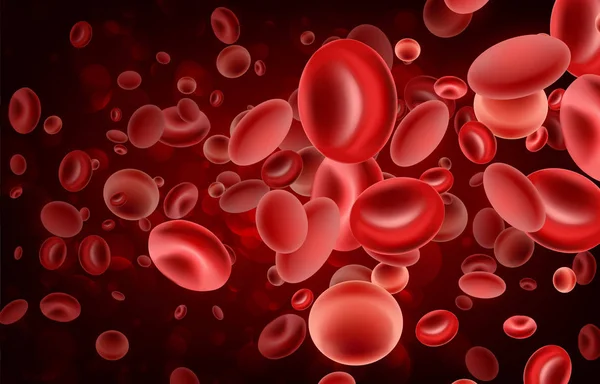Catabolic Pathway: Steroid Shots
Steroid injections, commonly prescribed to reduce inflammation, take a catabolic approach. The term “catabolic” refers to the process of breaking down tissues, including muscles and collagen. Steroids are highly effective at rapidly reducing inflammation, which is why they’re popular for providing immediate pain relief. However, there is a downside. Over time, repeated steroid use can lead to tissue breakdown, slow the body’s natural healing process, and contribute to long-term tissue degeneration.
Essentially, while steroid shots are useful for managing symptoms, they don’t promote true healing. Instead, they may compromise tissue integrity, making them less ideal for those seeking sustained recovery.
Anabolic Pathway: PRP Therapy
On the flip side, Platelet-Rich Plasma (PRP) injections offer an anabolic approach. “Anabolic” refers to the process of building up tissues, which is crucial for healing and regeneration. PRP therapy taps into the body’s natural healing abilities by using the patient’s own platelets to stimulate tissue repair. The growth factors in platelets promote collagen formation, tissue regeneration, and cellular repair, making PRP a powerful tool for rebuilding and strengthening damaged tissue.
While PRP may take longer to show results compared to steroids, it addresses the root cause of injuries and helps restore function at a fundamental level. This makes PRP a sustainable option for long-term healing, rather than a short-term fix.
Conclusion: Choosing the Right Path
For patients seeking relief from pain, it’s important to weigh both options carefully. Steroid shots may offer fast relief but at the potential cost of long-term tissue health. On the other hand, PRP encourages true healing by leveraging the body’s anabolic processes, offering a more sustainable approach to recovery. The best choice depends on whether the priority is short-term relief or long-term healing and regeneration.
